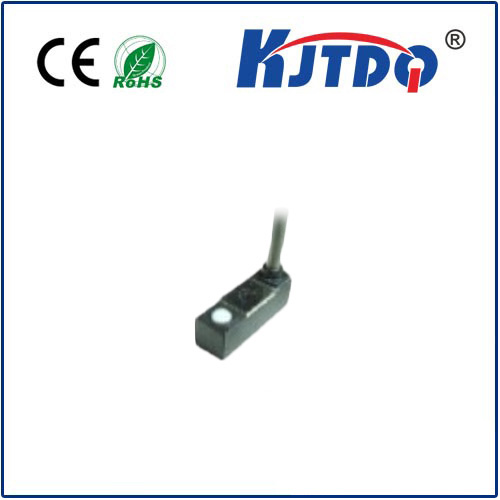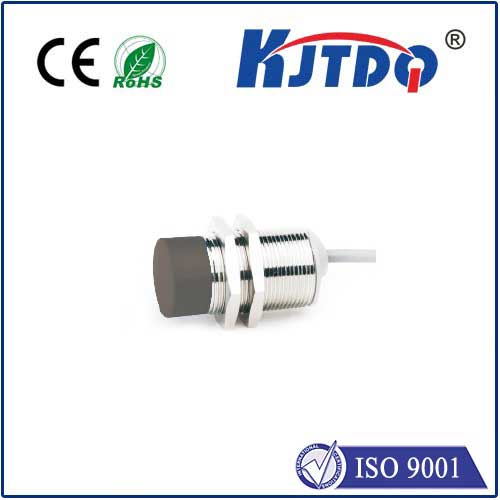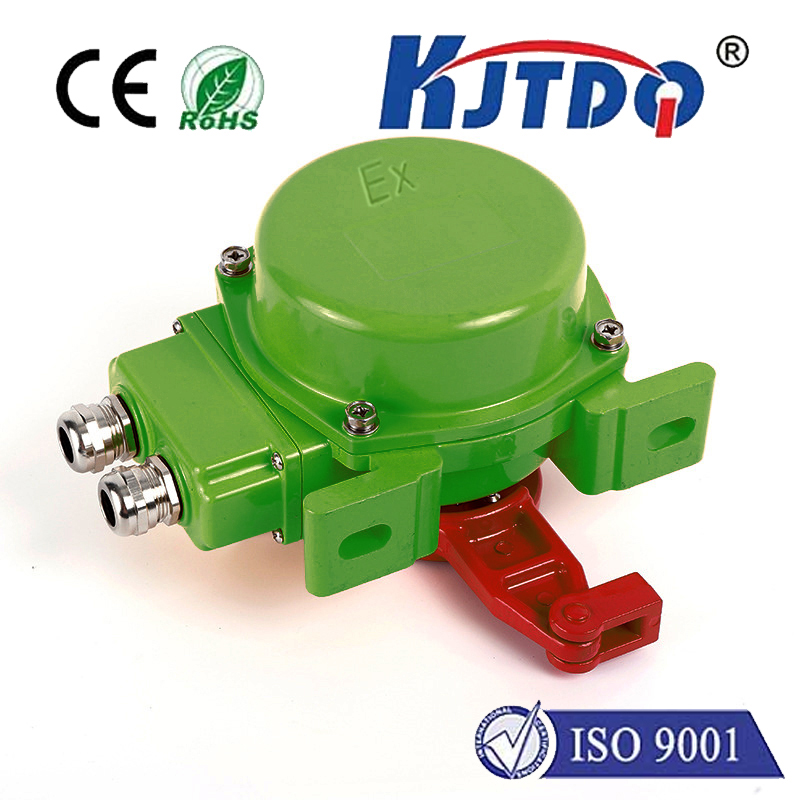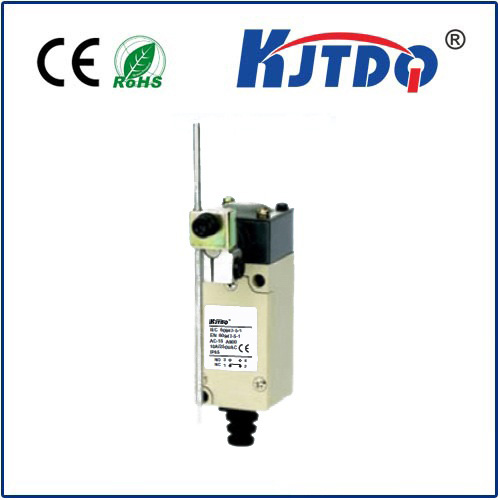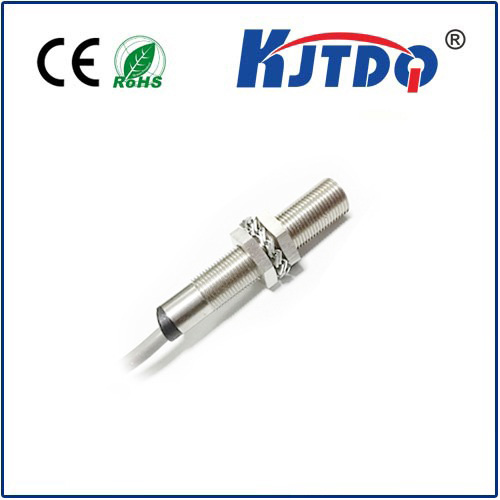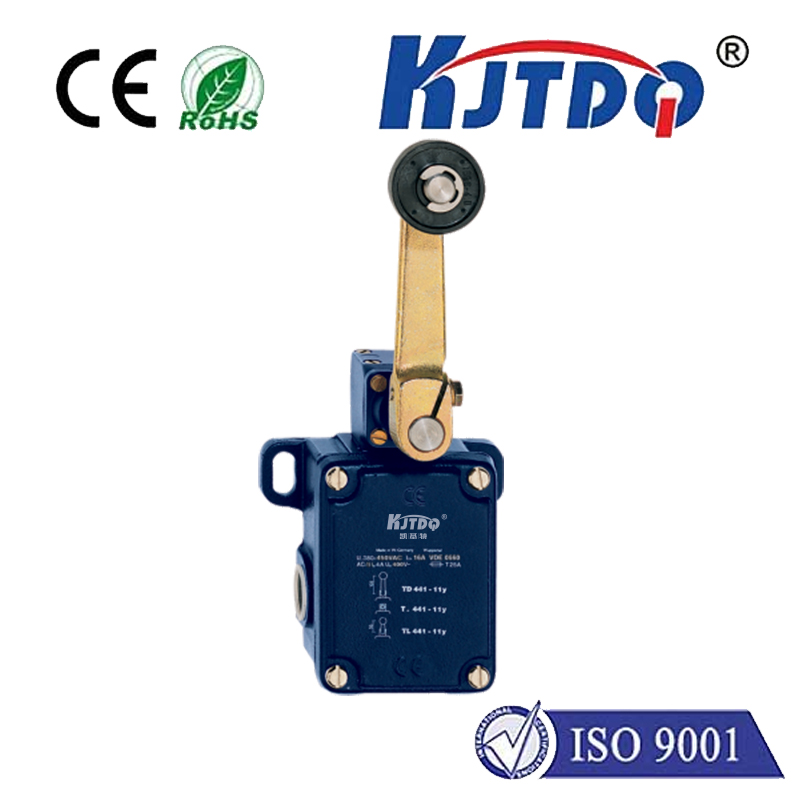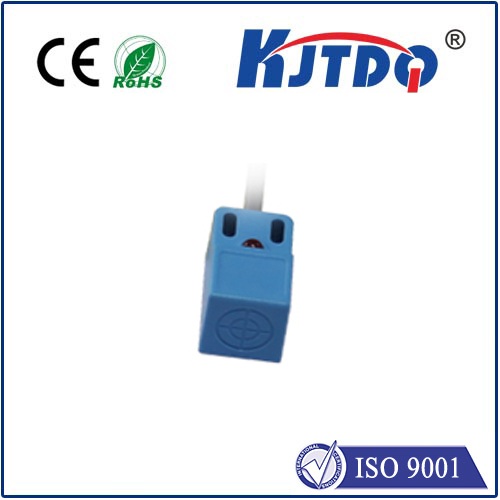sensor and reflector
- time:2025-07-24 04:30:37
- Click:0
Sensors and Reflectors: The Unseen Dialogue Powering Modern Technology
In the unlit expanse of a frozen lake, a bat emits a chirp. The sound waves travel outward, strike a moth, and bounce back. The bat’s sensitive ears detect this faint echo – an innate sensory system using sound as both probe and reflector, guiding it unerly through the void. This elegant dance of emission, reflection, and detection is not confined to nature; it’s the fundamental principle behind a vast array of the technologies shaping our world: the symbiotic relationship between sensors and reflectors.
Sensors: The World’s Perception Organs
At its core, a sensor is a sophisticated transducer. It detects changes in its environment – physical properties like light, heat, motion, pressure, sound, or chemical composition – and converts this change into a measurable signal, typically electrical. This signal becomes the raw data that automated systems, computers, or even human operators can interpret and act upon.
Sensors are ubiquitous:

- Your smartphone screen dims or brightens automatically using an ambient light sensor.
- Your thermostat maintains a comfortable temperature thanks to a temperature sensor.
- Modern cars park themselves using ultrasonic or electromagnetic sensors to gauge distances to obstacles.
- Industrial robots rely on position sensors and force sensors to perform precise assembly tasks.
Reflectors: Enabling Detection Through Bounce-Back
While some sensors work by directly sensing environmental energy (like passive infrared sensors detecting body heat), many critical technologies rely on active sensing. This is where reflectors become indispensable partners. An active sensor system typically involves:
- An Emitter: The sensor, or a component paired with it, generates and sends out a signal – a beam of light (visible, infrared, laser), a radio wave, or sound wave.
- The Reflective Target: The reflector. This is an object specifically designed or naturally suited to bounce the emitted signal back towards its source. Crucially, it must do this efficiently and recognizably.
- Receiving and Interpretation: The sensor detects the reflected signal. By analyzing the time delay between emission and reception (for distance), the strength of the return signal, or its altered characteristics, the system derives information about the target’s presence, distance, position, speed, or even identity.
The Crucial Synergy: Where Detection Meets Reflection
The magic happens in the interaction. Without a reflector, the signal emitted by an active sensor simply travels off into space, providing no data. Without a sensor capable of emitting and precisely detecting the bounce-back, the reflector is inert. Their partnership creates a controlled feedback loop essential for numerous applications:
- LiDAR (Light Detection and Ranging): Arguably the pinnacle of sensor-reflector synergy. LiDAR systems fire rapid laser pulses at their surroundings. Reflectors – literally any surface – bounce the light back. The sensor calculates the precise time of flight for each pulse, generating incredibly detailed 3D maps used in autonomous vehicles, mapping, archaeology, and forestry. The quality and angle of the reflecting surface significantly impact the strength and accuracy of the return signal.
- Automated Guided Vehicles (AGVs) & Mobile Robots: Navigating warehouses or factories often relies on sensors detecting strategically placed reflective tapes or targets mounted on walls or floors. The sensor emits infrared light, identifies the bright reflection from the tape, and uses this information to track its path precisely. Corner cube retroreflectors, designed to bounce light directly back to its source regardless of the angle, are particularly valuable here.
- RFID (Radio-Frequency Identification): An RFID reader (sensor/emitter) sends out radio waves. An RFID tag, containing an antenna and microchip, acts as a specialized reflector. It reflects the signal back, but crucially modulates it to transmit its unique stored data. This enables contactless identification and tracking of inventory, assets, or even pets.
- Proximity Sensing & Object Detection: Countless safety systems and automation processes depend on sensors detecting the reflection of emitted light (infrared or laser) off an object. The intensity of the reflected light or the time-of-flight tells the sensor how close the object is. This prevents elevator doors from closing on people, ensures packaging machines know when a box is in position, and helps robots avoid collisions.
- Barcode & QR Code Scanning: The scanner (sensor with light emitter) illuminates the code. The high-contrast pattern of black bars/patterns (low reflection) and white spaces (high reflection) is detected by the sensor. The reflection pattern is decoded into information. The white spaces are effectively acting as highly controlled, patterned reflectors.
Beyond the Basics: Innovation in Sensing and Reflection
The core principle remains, but innovation constantly refines the dance:
- Material Science: Developing materials with specific reflective properties – highly reflective for active sensing, or highly absorptive (low reflection) for stealth applications.
- Passive Reflector Design: Engineers meticulously design reflectors (like corner cubes or specialized foils) to maximize reflection efficiency back toward the source sensor, even from oblique angles.
- Sensor Sensitivity & Processing: Modern sensors are incredibly sensitive to faint reflections, while powerful algorithms filter noise and precisely interpret complex reflected signals (like differentiating rain from a pedestrian in automotive LiDAR).
- Bi-Directional Communication: Systems like Visible Light Communication (VLC) use modulated light reflections to enable data transfer, turning simple reflectors into potential communication nodes.
The Invisible Infrastructure
The next time you unlock your phone with facial recognition (using reflected infrared patterns), walk through an automatic door (infrared proximity sensor detecting your reflection), or see a self-driving car prototype, remember the silent conversation happening. Sensor and reflector – detector and bouncer – are engaged in a continuous, high-speed dialogue. It’s a partnership built on fundamental physics, refined by engineering ingenuity, and woven into the very fabric of the intelligent, automated world we increasingly inhabit. This essential, largely unseen interaction is a cornerstone of modern technology, enabling machines to perceive, navigate, and interact with their environment with ever-increasing sophistication.












